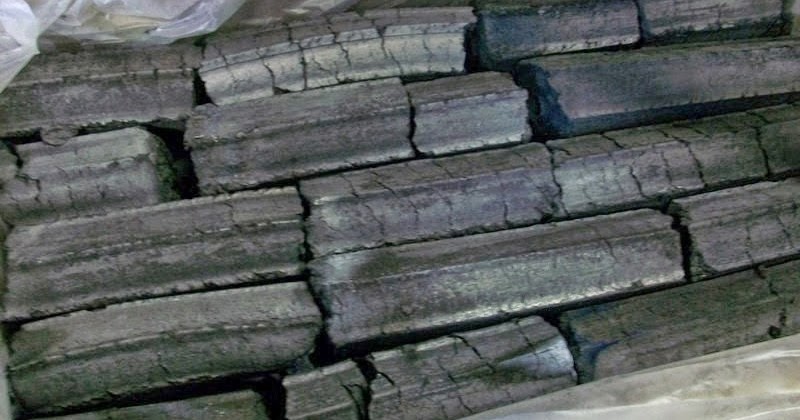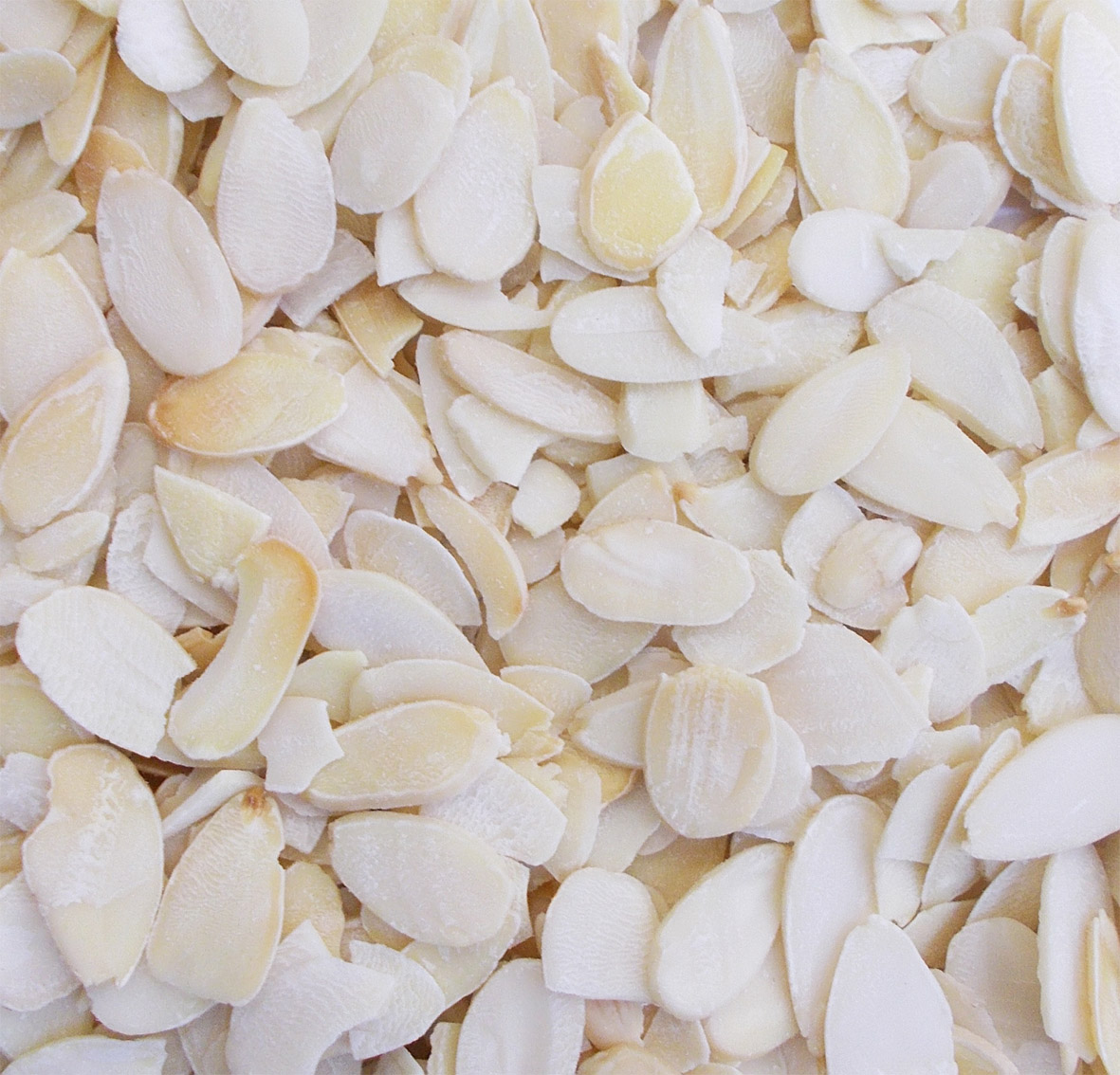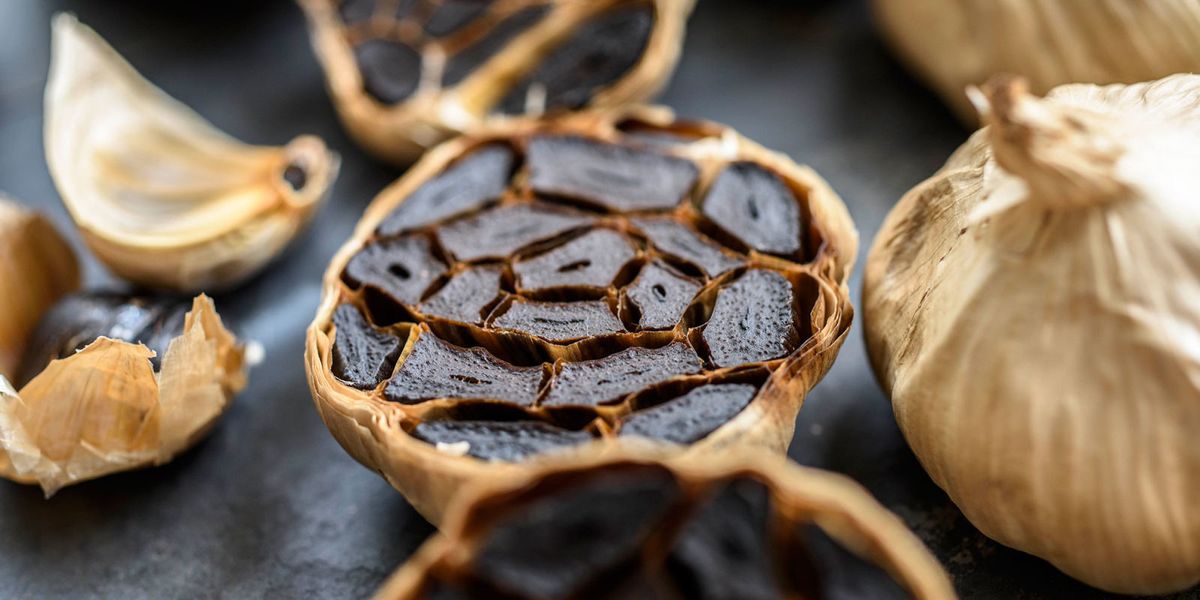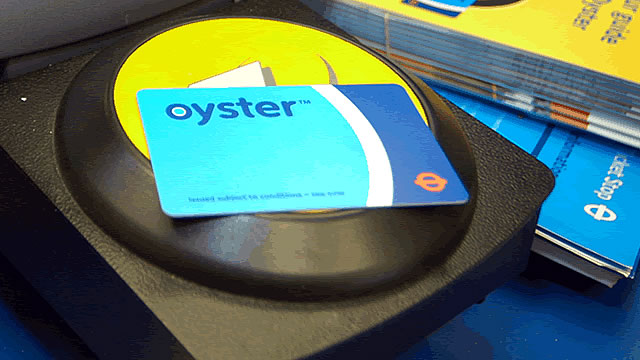Your Calorific value of food images are ready in this website. Calorific value of food are a topic that is being searched for and liked by netizens today. You can Find and Download the Calorific value of food files here. Find and Download all free images.
If you’re looking for calorific value of food images information related to the calorific value of food topic, you have visit the ideal blog. Our website always provides you with suggestions for downloading the maximum quality video and image content, please kindly search and find more enlightening video articles and images that fit your interests.
Calorific Value Of Food. A bomb calorimeter and surround it by water. The energy value is specified in kilojoules (kj) per 100 g or 100 ml. The heating value (or energy value or calorific value) of a substance, usually a fuel or food (see food energy), is the amount of heat released during the combustion of a specified amount of it. A food calorific value is calculated in terms of kilocalorie which is defined as the amount of energy required to raise the temperature of one litre of water by 1 degree.
 Example calculation of energy content of a fuel YouTube From youtube.com
Example calculation of energy content of a fuel YouTube From youtube.com
A material can burn without supporting fuel when it has a calorific value of min. The energy value is specified in kilojoules (kj) per 100 g or 100 ml. Calorific value is the energy or amount of heat produced as a result of the complete combustion of a unit volume of the substance. This means the gross calorific value is directly proportional to the efficiency. Place the food in a sealed container i.e. Originally, the calorie content of a food was measured in a calorimeter.
Below are the calorific values of three main components of food:
Caloric value of food the energy accumulated in food substances (proteins, fat, and carbohydrates); This means the gross calorific value is directly proportional to the efficiency. Calorific value unit is joule per kilogram or calorie per kilogram. The variation in calorific value of foods is due to the amount of carbohydrates, fats and proteins in each of them e.g., one paratha made of wheat flour and oil gives about 250 calories while a glass of coconut water gives only 45. The calorific value of lfg can be defined as the amount of heat produced on combusting a unit volume of gas and can be expressed in kcal/m3, kj/m 3, or btu/ft 3. When not specified, “calorific value” is to be intended as net calorific value.
 Source: biomassproject.blogspot.com
Source: biomassproject.blogspot.com
The calorific value of lfg can be defined as the amount of heat produced on combusting a unit volume of gas and can be expressed in kcal/m3, kj/m 3, or btu/ft 3. In conifers it is 2% higher than in broad. Gross calorific value = net calorific value + latent heat of water vapors. A food calorific value is calculated in terms of kilocalorie which is defined as the amount of energy required to raise the temperature of one litre of water by 1 degree. However, with the number of highly calorific meals served in restaurants or aimed at younger individuals, it is important that.
 Source: youtube.com
Source: youtube.com
In conifers it is 2% higher than in broad. The calorific value as determined in an oxygen bomb calorimeter is measured by a substitution procedure in which the heat obtained from the sample is compared with the heat obtained from combustion of a similar amount of benzoic acid whose calorific value is known. Calorific value depends directly on the methane content of lfg, i.e., the higher the methane content, the greater the calorific value. This is because the former contains a large amount of carbohydrates, fair amount of proteins and some fat, while the latter contains. Therefore, the higher the gross calorific value, the higher the efficiency and vice versa.
 Source: lirrf.org
Source: lirrf.org
The calorific value is the total energy released as heat when a substance undergoes complete combustion with oxygen under standard conditions.the chemical reaction is typically a. This is because the former contains a large amount of carbohydrates, fair amount of proteins and some fat, while the latter contains. In addition, the specification is often in kilocalories (kcal). The calorific value of food indicates the total amount of energy, a human body could generate during its metabolism which is expressed in kilojoules per 100 grams or 100 ml. Calorific value is the energy or amount of heat produced as a result of the complete combustion of a unit volume of the substance.
 Source: searchhomeremedy.com
Source: searchhomeremedy.com
Calorific value unit is joule per kilogram or calorie per kilogram. But, is it really that simple? The variation in calorific value of foods is due to the amount of carbohydrates, fats and proteins in each of them e.g., one paratha made of wheat flour and oil gives about 250 calories while a glass of coconut water gives only 45. In addition, the specification is often in kilocalories (kcal). The calorific value of food is generally expressed in kilocalories i.e.
 Source: twootz.com
Source: twootz.com
Calorific value unit is joule per kilogram or calorie per kilogram. A material can burn without supporting fuel when it has a calorific value of min. A food calorie is actually a “kilocalorie.” in other words it is the amount of energy needed to raise the temperature of one liter of water by one degree. The net calorific value is a more realistic statement of realizable potential heat than the gross value. This is because the former contains a large amount of carbohydrates, fair amount of proteins and some fat, while the latter contains.
 Source: diffen.com
Source: diffen.com
The calorific value is the total energy released as heat when a substance undergoes complete combustion with oxygen under standard conditions.the chemical reaction is typically a. 14,4 mj/kg, this is approximatly dry wood. Below are the calorific values of three main components of food: In addition, the specification is often in kilocalories (kcal). Therefore, the higher the gross calorific value, the higher the efficiency and vice versa.
This site is an open community for users to do submittion their favorite wallpapers on the internet, all images or pictures in this website are for personal wallpaper use only, it is stricly prohibited to use this wallpaper for commercial purposes, if you are the author and find this image is shared without your permission, please kindly raise a DMCA report to Us.
If you find this site convienient, please support us by sharing this posts to your preference social media accounts like Facebook, Instagram and so on or you can also save this blog page with the title calorific value of food by using Ctrl + D for devices a laptop with a Windows operating system or Command + D for laptops with an Apple operating system. If you use a smartphone, you can also use the drawer menu of the browser you are using. Whether it’s a Windows, Mac, iOS or Android operating system, you will still be able to bookmark this website.






